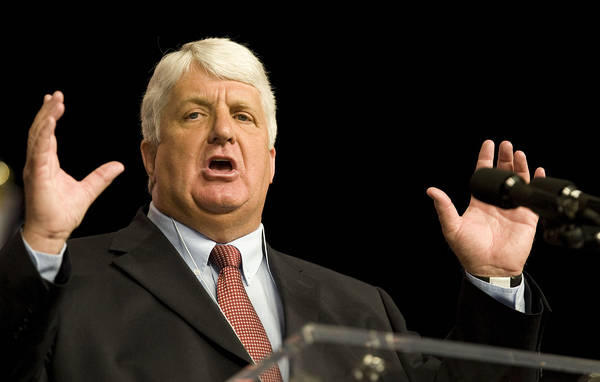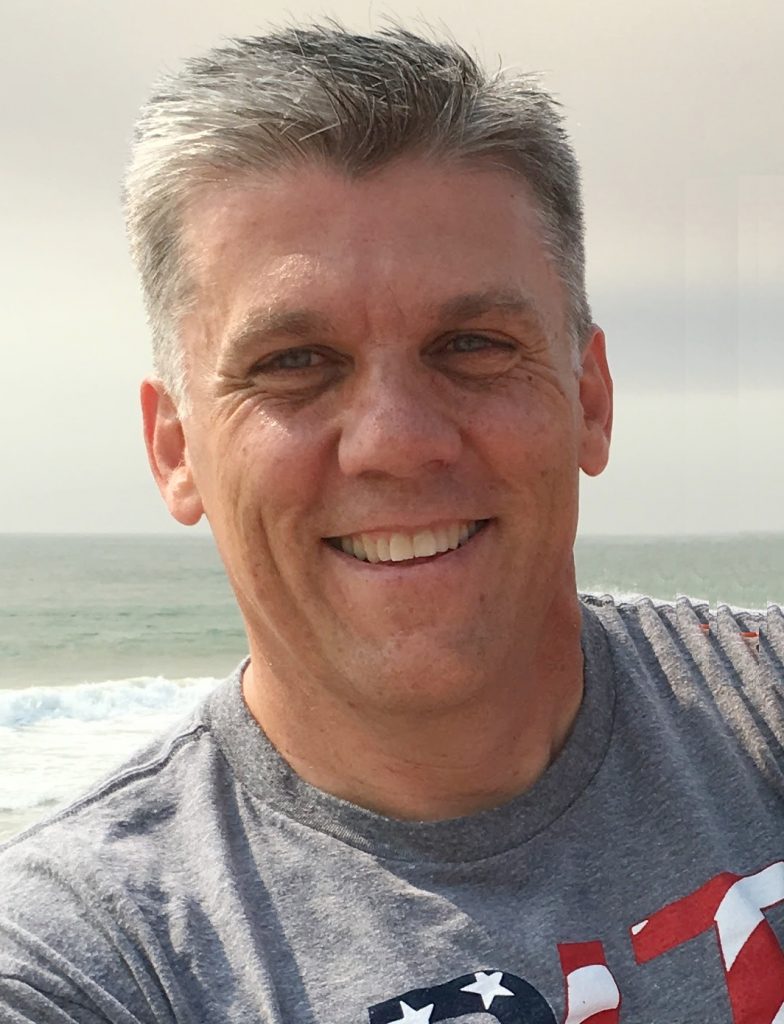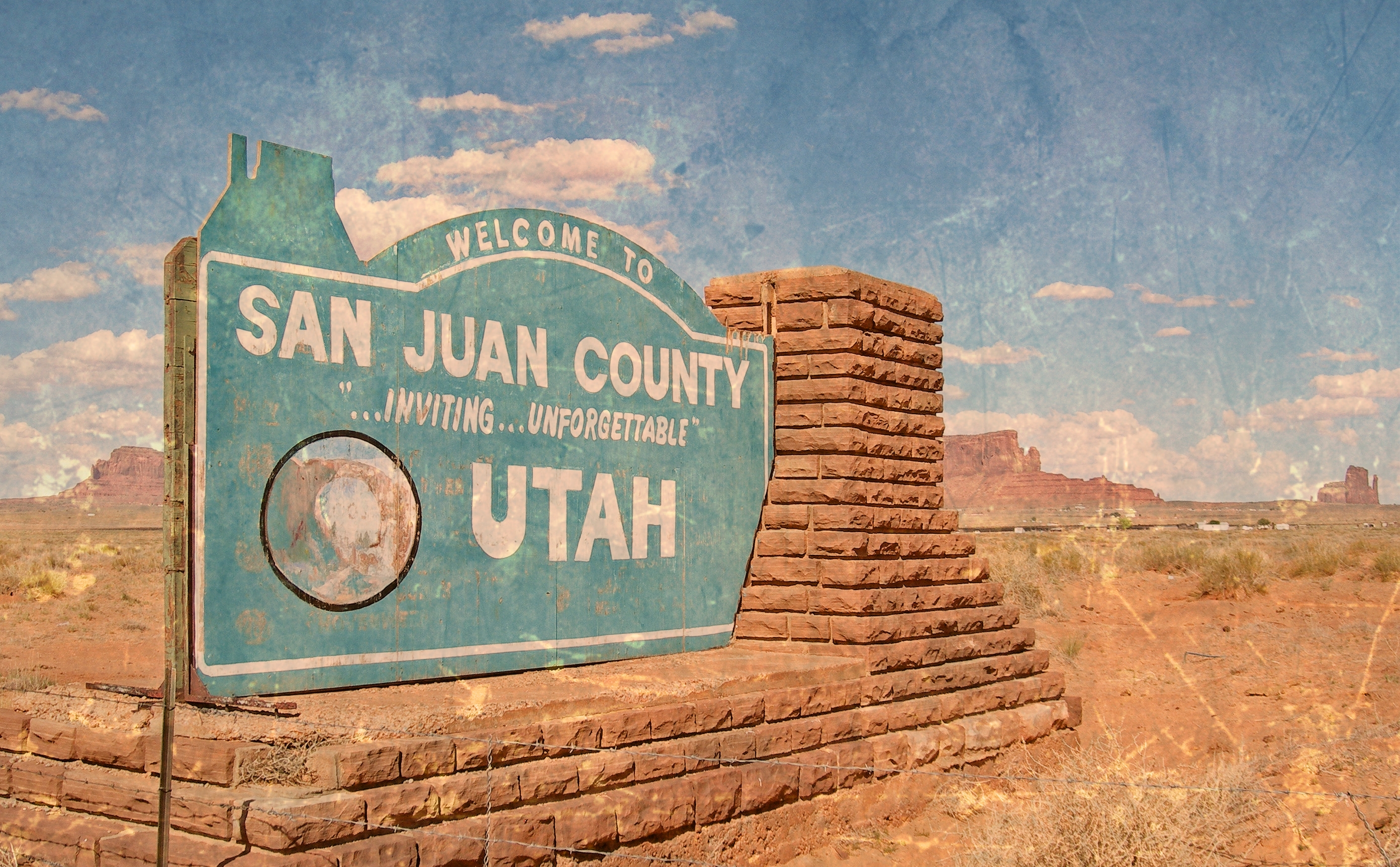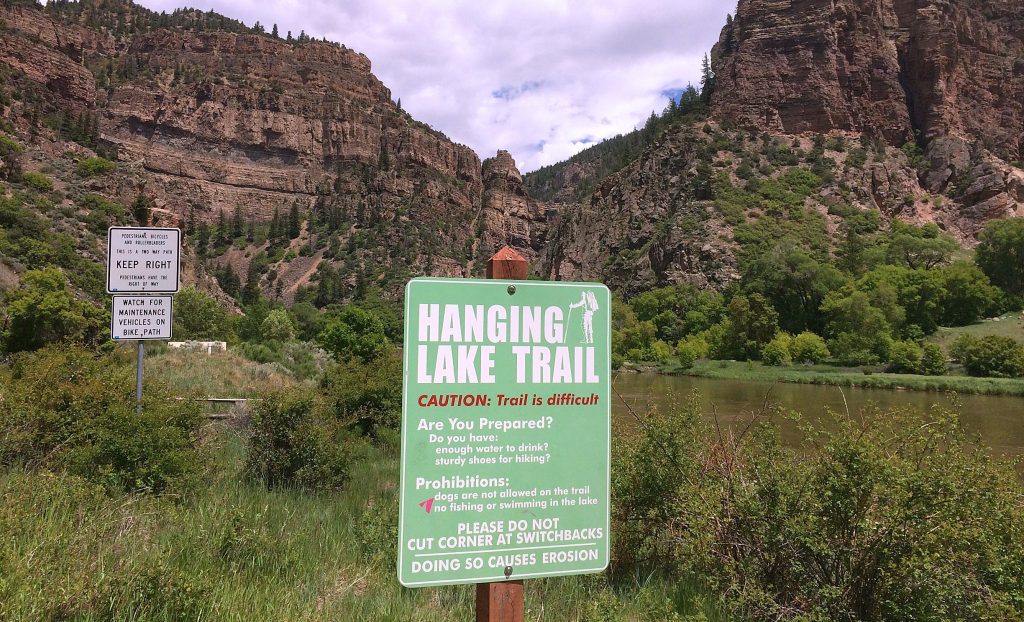“When a county that gives up land to “producing” counties receives a quarter of the mineral lease payment generated in the receiving county, what happens when those sections stop producing? I tell my constituent in San Juan County that we can send our SITLA sections off to Uintah County now, and in twenty years we can send our kids off to Uintah County for jobs.”
by Phil Lyman
Utah Congressman Rob Bishop’s Public Lands Initiative (PLI) proposes to transfer 65,000 acres of SITLA (School and Institutional Trust Lands Administration) land from San Juan County to Uintah County in northeastern Utah. San Juan County would give up State school sections in exchange for Bureau of Land Management-controlled lands, and Uintah would give up BLM land in exchange for school sections. This is not the first time this proposal has come up. SITLA proposed a virtually identical trade in 2011. One reason this is troubling, or should be troubling to counties, is that these lands are a sort of birthright that predates Statehood. The Land Ordinance of 1785 provided a mechanism for selling and settling federal land ownership once a territory became a State. The 1785 Ordinance and the earlier ordinance of 1784, written by Thomas Jefferson, were an integral part of the very important, Northwest Ordinance of 1787, which addressed political necessities.
The Land Ordinance of 1785 divided territorial land into Townships and Sections, each Township containing 36 Sections of 640 acres (1 square mile). It also stipulated that Section 16 would be set aside for the States to use for funding public education by either selling or leasing the land. Section 36 was added to the equation in later states, and in Utah, Congress stipulated that sections 2 and 32 would be added, giving four sections per township. This was done supposedly because Congress recognized that a section of land in the barren “wastelands” would be less likely to produce revenue than a section in the more fertile Midwestern States.
In Utah’s Enabling Act, Congress also provided an additional 1.6 million acres of State Sections to provide revenue for higher and special education needs (about 7.5 million acres in total). Currently the SITLA board manages about half that amount. Urban counties, Cache, Weber, Davis, Salt Lake, and Utah, have managed to sell off most of their SITLA sections leaving them with about 2% of the State Trust Lands. These counties have the highest need for education funding because of their large populations, so they receive about 74% of the revenue generated on SITLA land while rural counties, which hold 98% of the SITLA land, receive a mere 26% of the public school funding.

Now, according to SITLA, the “beneficiaries” (i.e. the colleges) want to take SITLA sections from San Juan County and transfer them to Uintah County. On its face, you could say that SITLA is simply “doing what is best for the children” (that’s what SITLA is saying). But any honest observer can see the political agenda at work here; Power brokers are favoring Uintah County at the expense of San Juan County.
When you consider that Rob Bishop’s district does not represent San Juan County but does represent Uintah County, and that San Juan County is not represented at all on the SITLA board, and that environmentalists are doing everything they can to lock up San Juan County, including lobbying for the PLI and a National Monument and manipulating the Navajo Nation–and all other available means to accomplish their ends–the political agenda becomes clear.
Let’s look at a few other facts: Uintah County is home to one national monument which is 210,816 acres in size. San Juan County on the other hand is home to six national monuments, the Glen Canyon Recreation Area, and Canyonlands National Park, all totaling 768,866 acres. Uintah County has Reservation land totaling 458,445 acres. San Juan County has Reservation land totaling 1,254,339 acres. San Juan County is nearly twice the size of Uintah County but with less private land than Uintah County. The proposed SITLA exchange would take San Juan County from 304,695 acres of SITLA land down to 239,695, and would take Uintah from 257,875 to 322,875 acres of SITLA land.
SITLA land is important to the economy of our counties because SITLA encourages multiple-use including exploration and development of minerals. Historically SITLA has been satisfied to allow the land transfer process to work itself out naturally, with supply and demand as the main driver. But now, it seems, SITLA has developed a voracious appetite for money. When I first became acquainted with SITLA some twenty years ago, they had a goal of getting $1 billion in the bank. Now with more than $2 billion sitting in reserve, they have adjusted their priorities again and are working to make that reserve $3 billion.
SITLA Director Dave Ure recently testified in Congress that they simply cannot make that goal without transferring sections to producing Counties. One has to wonder why the model that has driven such huge growth in cash reserves in the past could not be expected to do so in the future. But since it is “for the children” how could anyone question that model?
When a county that gives up land to “producing” counties receives a quarter of the mineral lease payment generated in the receiving county, what happens when those sections stop producing? I tell my constituent in San Juan County that we can send our SITLA sections off to Uintah County now, and in twenty years we can send our kids off to Uintah County for jobs.
It is inconceivable that people in San Juan County would favor such a transfer – unless they also are receiving some sort of preferential treatment. In San Juan County, SITLA is also proposing to engender local support with ‘gifts’ of consolidated sections in certain areas of the County. They are banking on the theory that counties and special interest groups will evaluate the trade solely on what they gain. This mentality of “surely the spoils of my neighbor’s misfortune fall to me” is void of actual leadership and represents politics at its worst. Dividing a county based on ethnicity in order to further their design is pure evil and is repugnant to people of goodwill, wherever they reside.
As for the economic argument; San Juan County is rich in minerals. If we are trying to compare value for value, San Juan County has oil and gas. The Aneth Oil field has historically been Utah’s largest producer of oil. Utah’s first oil well was in Mexican Hat, and the Mexican Hat oil field has been producing oil for more than 120 years. There is also oil on Cedar Mesa. San Juan County has one of the world’s largest potash fields. We have vanadium, uranium, copper, gold, silver, and rare earth elements in abundance. We have helium and lithium. Up until the late 1970’s San Juan County was one of the Utah’s richest counties in terms of centrally assessed value.
Don’t misunderstand me – I am thrilled for the prosperity that Uintah has experienced with the markets and technology that have worked in their favor. They deserve all the credit they can get for taking advantage of opportunities to improve the lives of their citizens. What they don’t deserve are the SITLA sections from San Juan County.
Even more maddening than the illogic of trading out these sections is the “jiggery pokery” used by Congressman Rob Bishop to sell this idea. The latest selling point is that the PLI is “giving” San Juan County SITLA sections. Apparently San Juan County is supposed to be thanking Congressmen Bishop and Chaffetz for not taking all of our SITLA sections. This is always followed up (and I mean always) with the threat that ‘if you don’t do this, you will have a National Monument.’ This is a far cry from the original promise that the proposal put forth by San Juan County would be central to the final Public Lands Initiative plan.

The Bishop PLI has, from the outset, taken a disingenuous “hostage negotiation” approach, but now it seems that it is our own so-called representative are issuing the ultimatums. After spending more than three years crafting an honest and earnest local proposal for San Juan County, the PLI committee took our work and completely gutted it before even producing their first draft. This is exactly what you would expect from decision makers in Washington D.C. The same people who are pushing for President Obama to designate a National Monument have hijacked the PLI. When I last saw Congressman Rob Bishop, he told me, “I am not your representative.” At least he was honest about that.

*Free Range Report*




Thanks for pulling this together so we understand why the current PLI is not beneficial to San Juan County
Thanks for representing our county properly. We are being taken advantage of on so many levels. Keep going. We are behind you.
The latest version of the PLI has been troubling me for sometime since reading it about a month ago. I am no lawyer and I’m certainly no expert, but I could find no great benefit to all of San Juan County and what benefits there were seemed designed to divide us. Thank you, Commissioner Lyman, for being willing to speak up in defense of our county and shedding light on a proposed bill that looks very little like the original.
I’m sorry but I hold Chaffetz fully responsible for this fiasco, he’s had his nose up Bishop’s butt for too long, he has sold out his constituents to Bishop for his. I may not like what Bishop has done but I cant begrudge him for doing his job to better things for his constituents. Chaffetz should be disqualified to represent for this reason. Plus I believe their PLI balony is the very reason this monument grew from the Greater Canyonlands proposal to the 1.9 million acres it is now. Their 3 years of effort on this PLI BS should have been put toward finding a way to stop obama’s land grabbing ability. I’ll never forgive Chaffetz for this, every time I have to deal with the restrictions and the type of people that will come here with their congestion and what they represent, I’ll think of him and what he did to us and my resentment will grow.